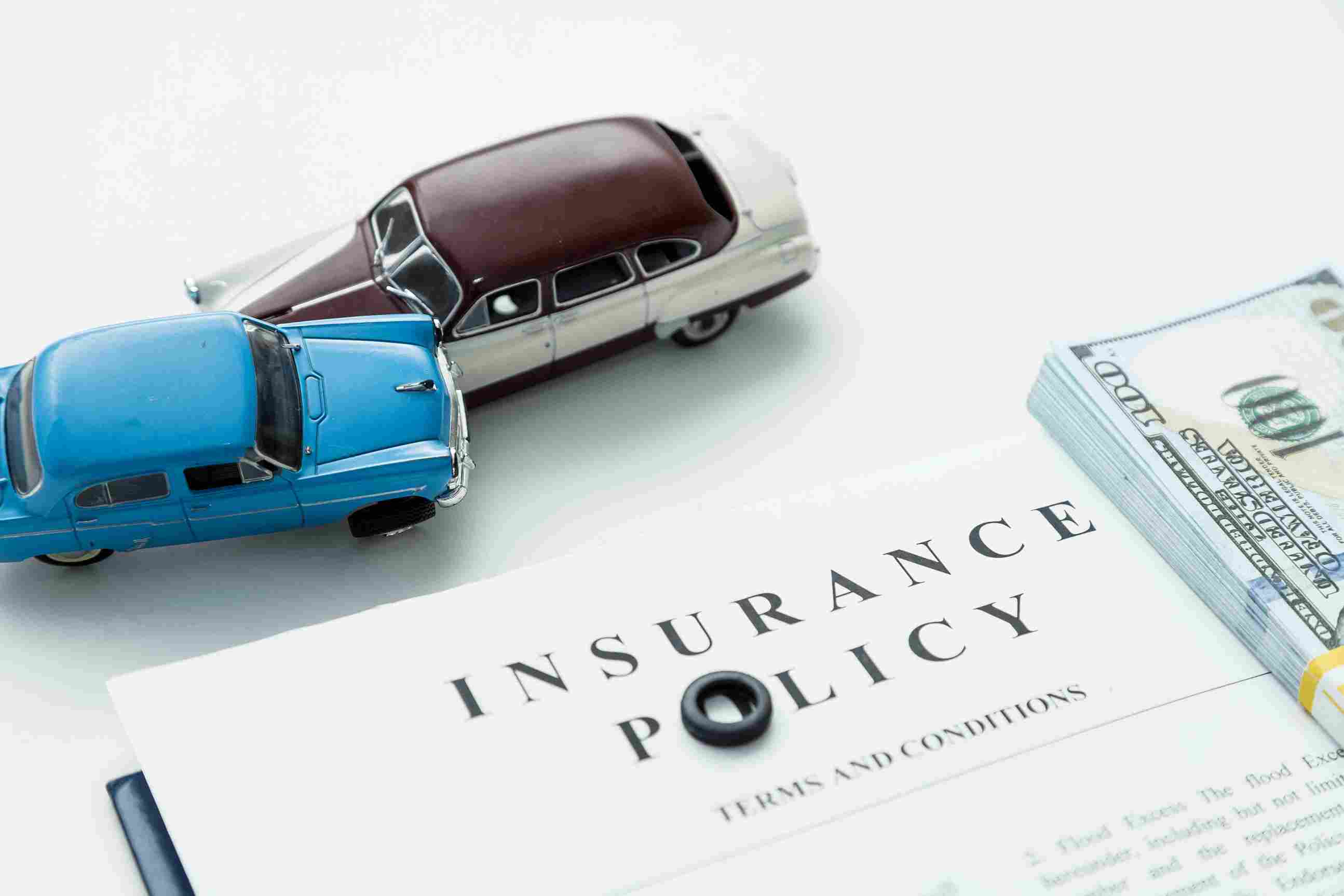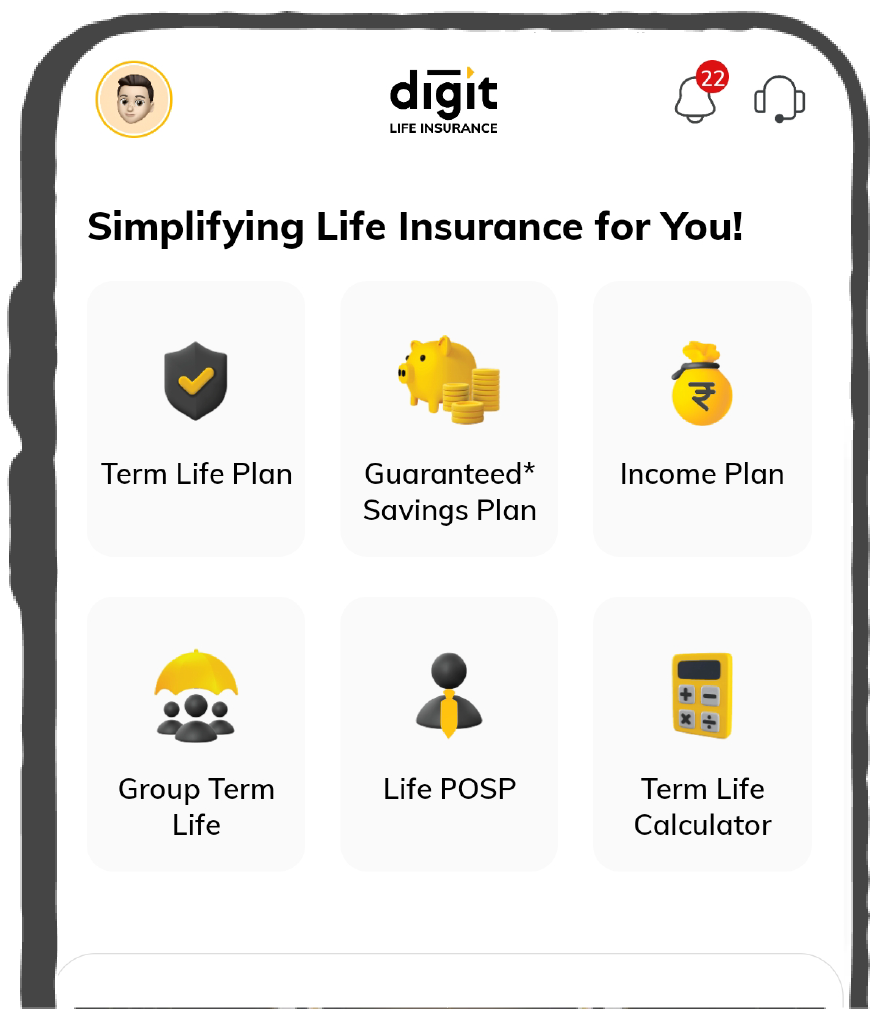Car Insurance Online, Up to 90% Off
9000+
Cashless Garages
96% Claim
Settlement Ratio
1.2 Cr+
Policies Sold
I agree to the Terms & Conditions
Buy Online for Huge Savings
Comparing Liability vs Full-Coverage Car Insurance

The most important decision you'll ever make regarding car insurance is choosing whether to opt for liability or full coverage. The two have different levels of protection, with advantages and disadvantages to each.
By understanding the difference between liability vs full-coverage car insurance, you can decide what reflects your vehicle's value, budget, and specific needs. This article examines the differences between liability and full-coverage car insurance and how to weigh the pros and cons of each to decide which is best for you.

Table of Contents

What is Liability Car Insurance?
Liability or third-party car insurance is a basic form of coverage that pays for damages or injuries you cause to others in an accident. It does not cover your own vehicle or your medical expenses. In most regions, liability insurance is mandatory for all vehicle owners. This type of insurance protects other parties involved in an accident you're responsible for. There are two main types of liability insurance:
Bodily Injury Liability
This represents the medical costs, lost earnings, and attorneys' fees arising from injuries you cause to others. This is when you're responsible for an accident.
Property Damage Liability
This covers damages to other vehicles, structures, fences, or other property that you damage in an accident for which you are at fault, up to the limit specified in your policy.
What is Full-Coverage Car Insurance?
Full-coverage insurance offers a more comprehensive level of protection. It includes liability insurance but also adds extra cover for your own vehicle. This policy covers damages to your car from accidents, theft, vandalism, and natural disasters. Full coverage is not legally required but highly recommended for new, expensive, or financed vehicles. It typically includes three types:
Collision Coverage
It pays the entire cost of damages to your car if some other car crashes into it, regardless of who is at fault. This benefit is important in cases where the driver in another car is either uninsured or underinsured.
Comprehensive Coverage
It covers damages to your car caused by catastrophes that are not collision-related. This is theft, vandalism, a natural disaster, or striking an animal. It covers damages if you are involved in an accident with an underinsured driver
Medical Payments or Personal Injury Protection (PIP)
This covers your medical expenses and pays those of your passengers, independent of fault. Depending on the terms of the policy, it could cover lost wages and other related costs.
Key Differences Between Liability vs Full-Coverage Car Insurance
Here is a comparison of liability and Full-Coverage car insurance based on various key factors:
| Basis | Liability Insurance | Full-Coverage Insurance |
| Coverage Type | It only covers damage or injuries to others. | Covers both damage to others and your vehicle. |
| Legal Requirement | Often required by law (minimum coverage). | Not legally required, but highly recommended. |
| Bodily Injury Coverage | Yes, cover medical expenses for others if you're at fault. | Yes, it includes coverage for both you and the others involved. |
| Property Damage Coverage | Yes, it covers damage to others' property. | Yes, includes property damage to others and your vehicle. |
| Damage to Your Vehicle | It's only covered if it's the other party's fault. | Covered under collision and comprehensive coverage. |
| Theft and Vandalism Protection | Not covered. | Covered under comprehensive insurance. |
| Cost | Generally, lower premiums are due to limited coverage. | Typically, higher premiums are due to broader protection. |
| Natural Disasters Coverage | Not covered. | Covered under comprehensive coverage. |
| Collision Coverage | Not covered. | Covered if you choose full-coverage with collision. |
| Uninsured Motorist Coverage | Not included by default. | Often included or can be added as an option. |
| Medical Expenses | Not covered unless you have additional health insurance. | Covered under Personal Injury Protection (PIP) or medical payments. |
Benefits of Liability vs Full-Coverage Car Insurance
Both liabilities and full coverage insurance have benefits. Below are the benefits of having either of the two:
| Aspect | Liability Insurance | Full-Coverage Insurance |
| Affordability | Lower premiums, budget-friendly. | Higher premiums but broader protection. |
| Legal Compliance | Meets legal requirements in most states. | Required by lenders for loans or leases. |
| Financial Risk Management | Reduces the financial burden for others' damages. | Covers own damages and third-party claims. |
| Driver Responsibility | Encourages careful driving and accountability. | Provides backup even if you're at fault. |
| Coverage Scope | Basic coverage for third-party injury and property damage. | Comprehensive protection, including collision and theft. |
| Peace of Mind | Basic financial protection. | Security from a wide range of risks. |
| Vehicle Protection | Suitable for older, low-value cars. | Helps preserve the car's condition and resale value. |
Drawbacks of Liability vs Full-Coverage Car Insurance
While liability and full-coverage car insurance offer excellent protection, each has disadvantages that may sway your decision on your specific needs and situation. Here are some cons to keep in mind:
| Aspect | Liability Insurance | Full-Coverage Insurance |
| Coverage Limitations | No coverage for your car or personal injuries. | May include unnecessary coverage for older cars |
| Non-Collision Events | No protection against theft, vandalism, or natural disasters. | Covered, but may involve higher costs. |
| Out-of-Pocket Costs | High repair/medical expenses if you're at fault. | High deductibles before coverage kicks in. |
| Vehicle Suitability | Not ideal for newer or high-value cars. | Better suited for new or financed cars. |
| Legal Fees | May not cover full legal costs in lawsuits. | Offers better legal protection, but complex. |
| Complexity | Simple and easy to understand. | More complicated with various coverage types. |
| Claims Process | Faster and more straightforward. | Can be lengthy due to multiple coverages. |
Factors Affecting the Cost of Liability and Full-Coverage Insurance
Many factors affect the cost of liability and full-coverage car insurance. Knowing these will allow you to make a more informed decision about which type of insurance is best for you and your budget. Here's a breakdown of the key factors:
| Factor | Liability Insurance | Full-Coverage Insurance |
| Cost | Cheaper as it compensates for damages and injuries that other parties do not cover. | Usually costlier than comprehensive and collision insurance. |
| Vehicle Make, Model, and Age | It is often cheaper to insure, especially old or cheap cars with just liability coverage, because they can be easily replaced or repaired at lower costs. | Full coverage will substantially increase for more recent, upscale, or high-performance vehicles since replacing them will be more costly. |
| Driving History | You generally pay less if you have no accidents or moving violations. | Full-Coverage will be more influenced by driving history because it offers broader coverage. |
| Location | Living in areas with lower accident rates or fewer claims can reduce liability insurance costs. | Areas prone to natural disasters, theft, or vandalism can lead to higher premiums for full-coverage. |
| Deductibles | It usually has lower deductibles, but this does not vary the premium much because of the limited coverage it provides. | Full coverage comes with a high deductible. This not only lowers rates but also increases your out-of-pocket amount when you make a claim. |
| Credit Score | Bad credit increases premiums based on the expectation that the insured would have greater claims. | A poor credit history increases the cost of full coverage because of the financial risk the insurer carries, translating into high premiums. |
When Should You Opt for Liability vs Full-Coverage?
When to Opt for Liability Coverage?
Liability coverage is often more affordable, but it may not be suitable for everyone. Here are some situations where opting for liability coverage might be the best choice:
Your Car is Old or Less Valuable: If your car is old or its market value is relatively low, you should not fully cover it. The cost of repairs or even replacement would exceed the car's worth, so liability insurance is more affordable.
You're on a Tight Budget: Liability insurance is relatively cheap compared to full-coverage. When trying to cut expenses, liability provides the necessary protection at a lower price.
When You Do Not Drive Often: If you only drive a few times a month, for instance, using it for around-town jobs, you may not need complete coverage protection. Liability insurance may be sufficient.
You are a Good Driver: You can opt for liability insurance with a spotless record. However, this assumes you are okay with being financially responsible if you get involved in an accident.
When to Opt for Full-Coverage?
Full-coverage ends up safeguarding more and hence proves beneficial in selective situations. Here are some circumstances that justify full-coverage:
You Own a New or Expensive Car: If the car is new, pricey, or holds a higher market value, Full-Coverage is a must. The comprehensive and collision coverage under Full-Coverage will ensure you remain protected in an accident, theft, or damage.
Need Peace of Mind: Full-Coverage provides better peace of mind if you want the extra security of knowing you are protected against all potential incidents, such as natural disasters, vandalism, or theft.
Have a Loan or Lease on Your Vehicle: Supposing your car is financed or leased, the lender usually requires you to carry full insurance for your vehicle. In doing so, you get complete coverage of the vehicle and lower the risk of loss to the lender.
Drive Often or in Hazardous Situations: If you drive long distances, commute across a busy city, or drive in hazardous conditions, Full-Coverage is more than what is required. The more you drive, the more likely accidents are possible.
You Have a Family or Passenger: You tend to drive with passengers regularly, so Full-Coverage is the best protection in case you get involved in an accident. In addition to covering medical expenses, it also offers liability protection.
In conclusion, choosing between the two depends on intermediate needs and the vehicle's worth. Full-Coverage may be more expensive, but it gives the best insurance for a car and other vehicles in almost any possible case. Liability coverage is a less expensive option with the least protection for damage you might cause to others.















